Introduction
In 2025, influencer marketing is undergoing a profound transformation. Businesses are shifting their focus from mega-celebrities to micro-influencers and even virtual influencers to connect with their audiences more authentically. These trends highlight the growing emphasis on trust, personalization, and technology in shaping the future of marketing.
Table of Contents
Understanding the Micro-Influencer Advantage
Micro-influencers, typically those with 10,000 to 100,000 followers, may not boast massive audiences like celebrities, but their value lies in their niche appeal. They connect deeply with their followers, creating high engagement rates that brands can’t ignore.
- High Engagement and Trust: Micro-influencers engage with their followers personally, fostering authentic connections. According to studies, their engagement rates can be up to 60% higher than macro-influencers.
- Targeted Reach: Working with micro-influencers allows brands to tap into specific communities and demographics, ensuring their campaigns resonate.
- Cost-Effective Campaigns: Collaborating with micro-influencers is budget-friendly, enabling brands to work with multiple influencers simultaneously for broader reach.
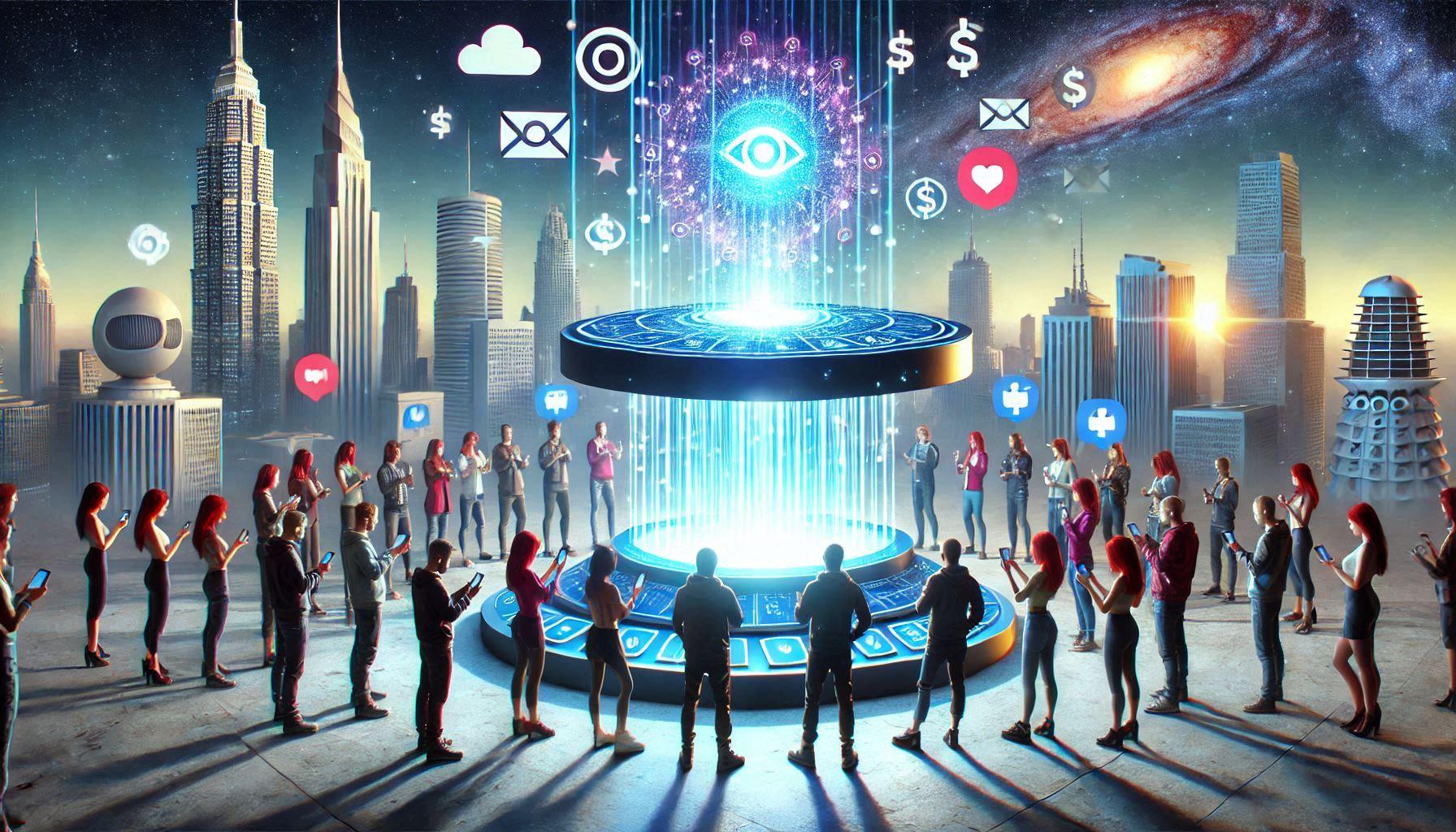
The Rise of Virtual Influencers
Virtual influencers are computer-generated personas designed to emulate real-life influencers. These digital personalities have gained traction for their novelty and precision in executing brand campaigns.
- Controlled Messaging: Unlike human influencers, virtual influencers deliver consistent messaging and behavior that aligns perfectly with brand values.
- Global Appeal: With their futuristic charm, virtual influencers appeal to tech-savvy audiences and younger demographics who value innovation.
- Cost and Risk Management: Virtual influencers eliminate risks of scandals or controversies, providing a safer option for brands.
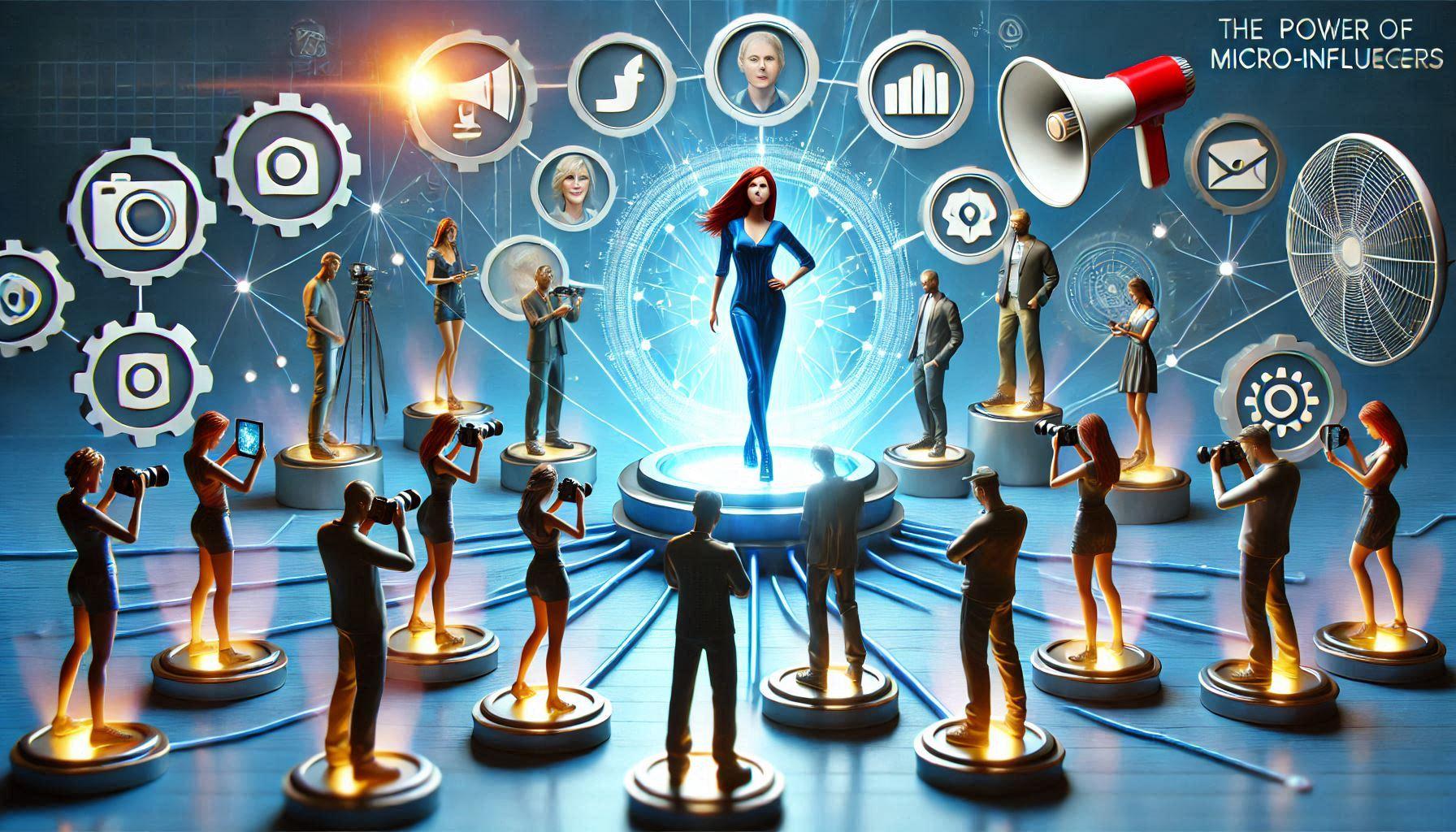
Why Influencer Marketing is Evolving
The changes in influencer marketing stem from consumer preferences. In an era of information overload, audiences value authenticity and relatability over glamour. Micro-influencers provide this with their personal touch, while virtual influencers captivate with creativity and precision.
Top Trends Driving the Success of Micro and Virtual Influencers
- Data-Driven Campaigns: Advanced analytics allow brands to measure micro-influencer effectiveness, ensuring optimal ROI.
- AI in Influencer Selection: AI tools help identify the most impactful influencers for campaigns by analyzing follower behavior and sentiment.
- Sustainability and Purpose: Consumers now demand socially responsible influencers. Micro and virtual influencers often support niche causes, enhancing brand alignment.
- Immersive Content Creation: Virtual influencers thrive in creating AR/VR content, making campaigns interactive and memorable.
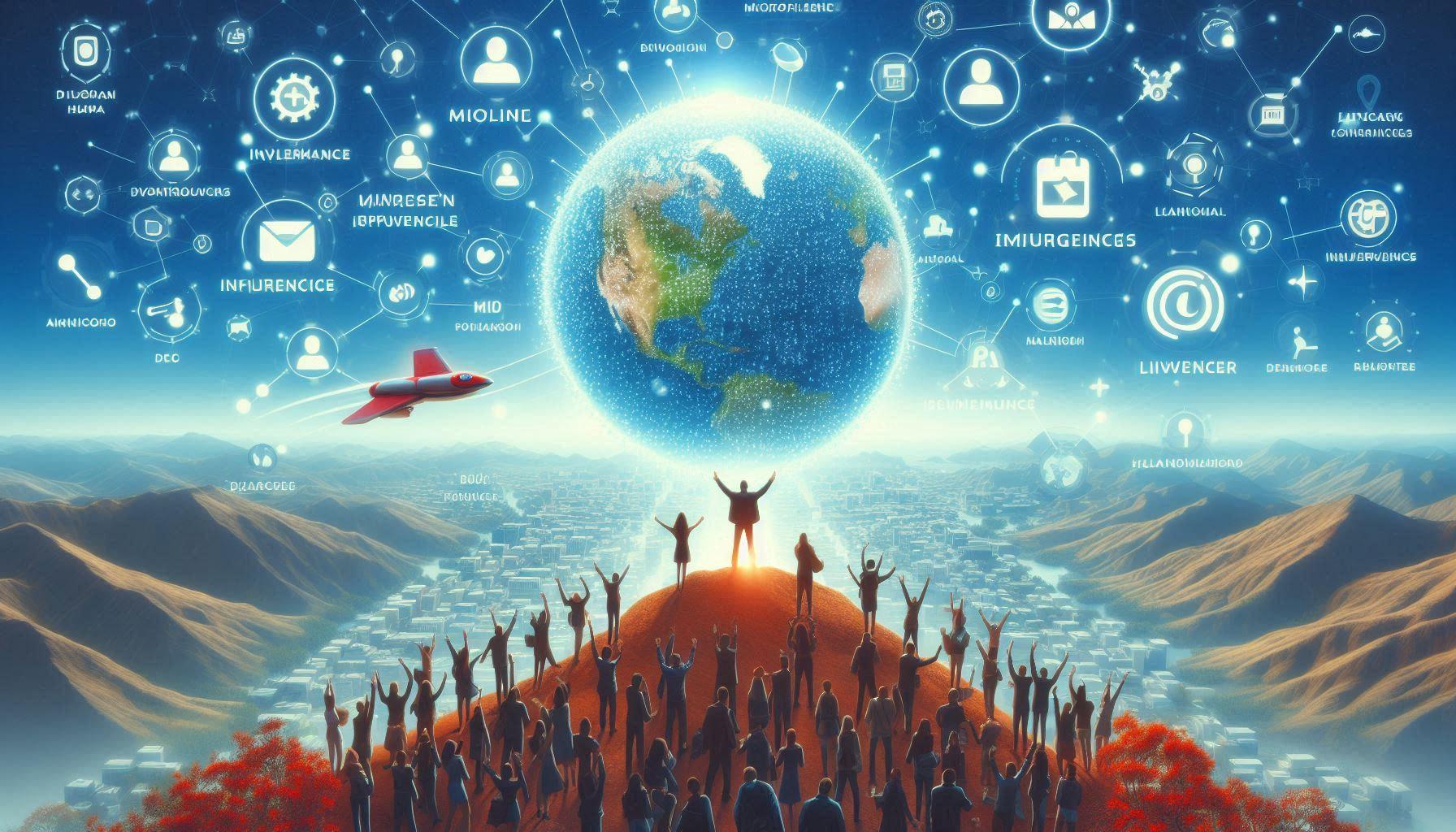
Micro vs. Virtual Influencers: A Comparative Insight
| Aspect | Micro-Influencers | Virtual Influencers |
|---|---|---|
| Authenticity | Relatable and trustworthy | Creative yet synthetic |
| Engagement | High personal engagement | Unique visual content |
| Cost | Affordable | Higher initial investment |
| Scalability | Limited to personal bandwidth | Infinite scalability |
| Risks | Human errors or controversies | Technology glitches |
Building a Strategy for 2025
To leverage the power of both micro and virtual influencers, brands should consider the following strategies:
- Hybrid Campaigns: Combine the authenticity of micro-influencers with the novelty of virtual influencers for a well-rounded approach.
- Long-Term Partnerships: Cultivate ongoing collaborations to establish credibility and loyalty.
- Interactive Content: Invest in AR and VR technologies for immersive campaigns led by virtual influencers.
- Localized Marketing: Work with micro-influencers who cater to specific regions for better cultural relevance.
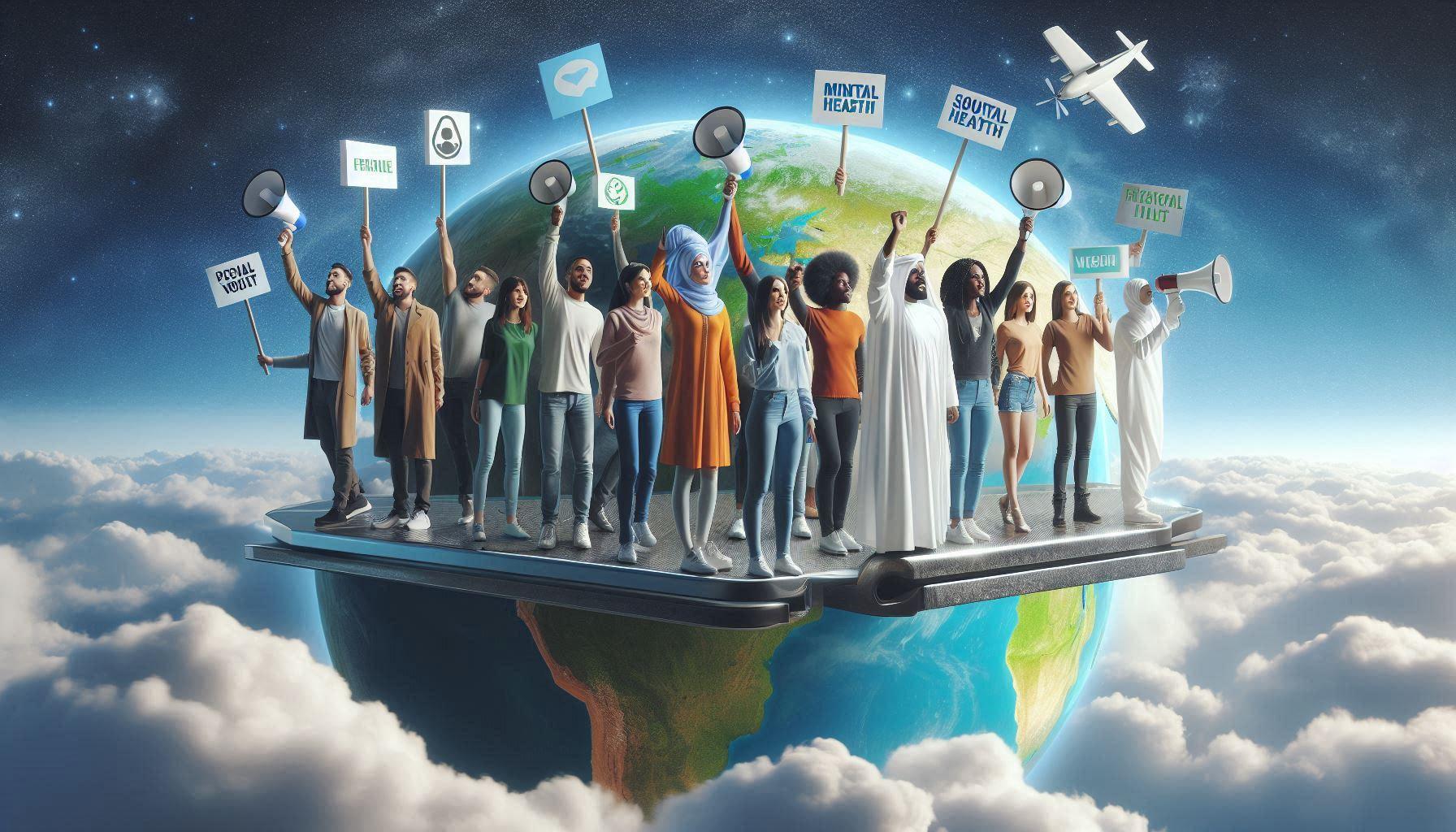
The Challenges and Opportunities
While the opportunities are vast, influencer marketing in 2025 is not without challenges.
- Ad Fatigue: Overexposure to influencer promotions can cause audience disengagement.
- AI Regulation: The rise of virtual influencers raises ethical questions about transparency and data usage.
- Trust Building: Even micro-influencers must continuously prove their authenticity in a skeptical digital world.
Brands that navigate these challenges with transparency and innovation will thrive in this evolving landscape.
Key Takeaways for Brands
- Diversify Influencer Types: Utilize a mix of micro and virtual influencers for campaign success.
- Focus on Engagement, Not Numbers: High follower counts matter less than genuine audience interaction.
- Leverage Technology: Invest in tools to optimize influencer selection, monitor performance, and create engaging content.
- Align with Brand Values: Collaborate with influencers who share your mission and ethos.

Conclusion
As we move into 2025, influencer marketing is no longer just about visibility—it’s about meaningful connections. Micro-influencers bring unparalleled authenticity, while virtual influencers offer futuristic possibilities. Together, they form the pillars of a more personalized and impactful marketing strategy. Brands that embrace these innovations will not only capture attention but also build lasting trust and loyalty.
Embrace the new era of influencer marketing, and let your brand stand out in the digital crowd.

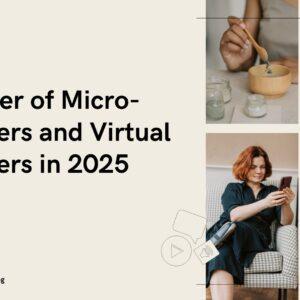
Add a Comment